1. It Started as a Worker’s Doodle
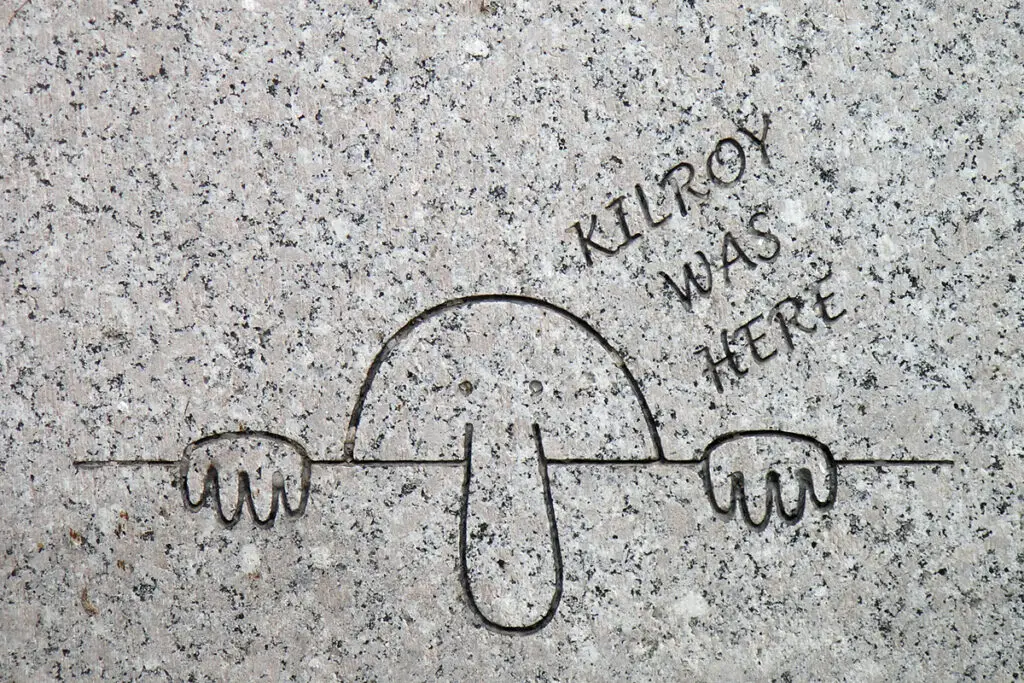
During World War II, shipyard inspector James J. Kilroy unknowingly sparked a global phenomenon. He marked rivets he inspected with “Kilroy Was Here” to prevent double-checking, but his notes stayed on ships as they sailed out. Soldiers noticed these scribbles and found humor in the mysterious phrase popping up in unexpected places. Soon, they started writing it themselves, adding a doodle of a bald-headed figure peeking over a wall says WCBE.
What started as a practical work habit turned into a symbol of camaraderie among troops. The phrase felt like a secret handshake, shared among those serving far from home. It spread from ships to barracks, battlefields, and even latrines. Soldiers competing to leave the mark in the strangest places only fueled the trend shares ThoughtCo.
2. It Became a Badge of Honor for Soldiers
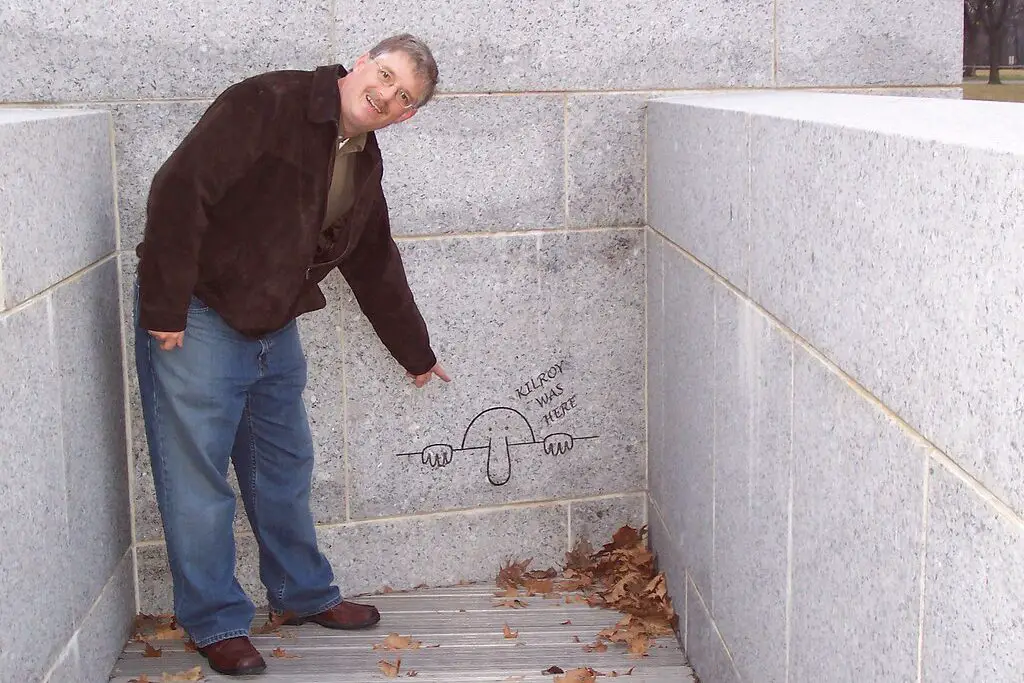
American troops quickly turned “Kilroy Was Here” into an inside joke, scrawling it across war zones. It became a competition to see who could leave it in the most daring or remote locations. Some claimed to have written it on the Arc de Triomphe, Hitler’s personal toilet, and even the moon—though that last one is more legend than fact shares Far Out Magazine.
The phrase gave soldiers a sense of continuity and comfort in an uncertain world. Seeing “Kilroy” in a strange place made it feel like a fellow serviceman had been there first. It connected troops across different battles and branches of the military. Even in the bleakest moments, the little doodle provided a much-needed laugh.
3. It Confused and Amused Enemy Forces
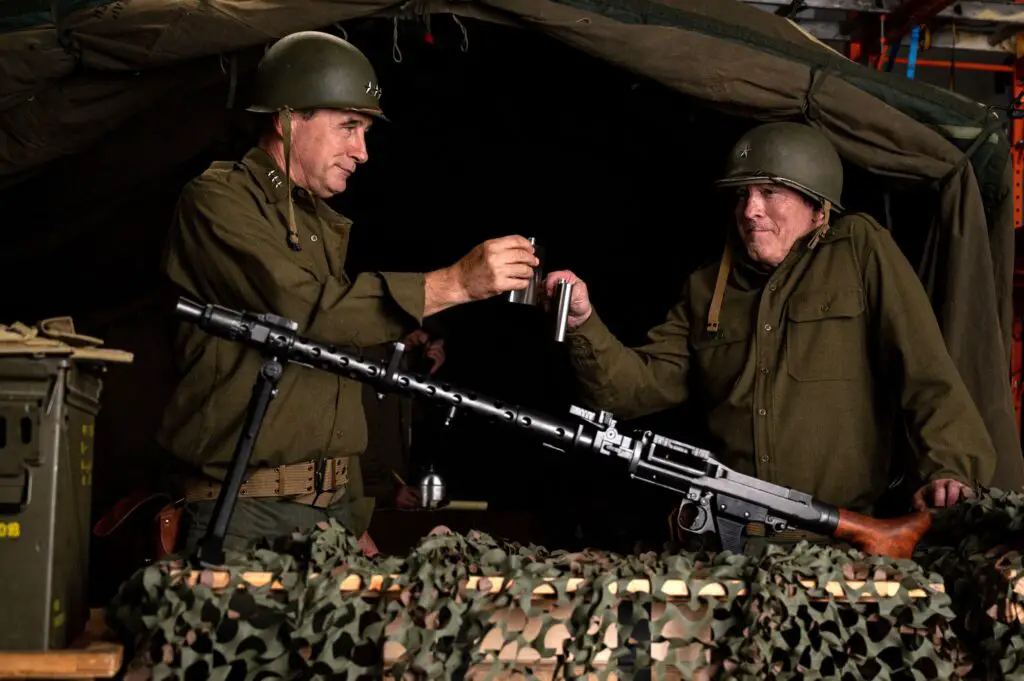
The phrase wasn’t just an inside joke—it baffled the enemy as well. During World War II, Axis powers noticed “Kilroy Was Here” showing up everywhere. German intelligence was convinced Kilroy was a high-ranking Allied spy. They even launched investigations into who Kilroy was and how he infiltrated so many locations says Live Science.
It wasn’t just the Germans who were confused. After the war, a Soviet official reportedly asked American counterparts at peace talks, “Who is Kilroy?” The Allies never corrected the misunderstanding, letting the legend grow. The idea that one elusive figure was always a step ahead of them added an unexpected layer of psychological warfare.
4. It Was the First Viral Trend Before the Internet
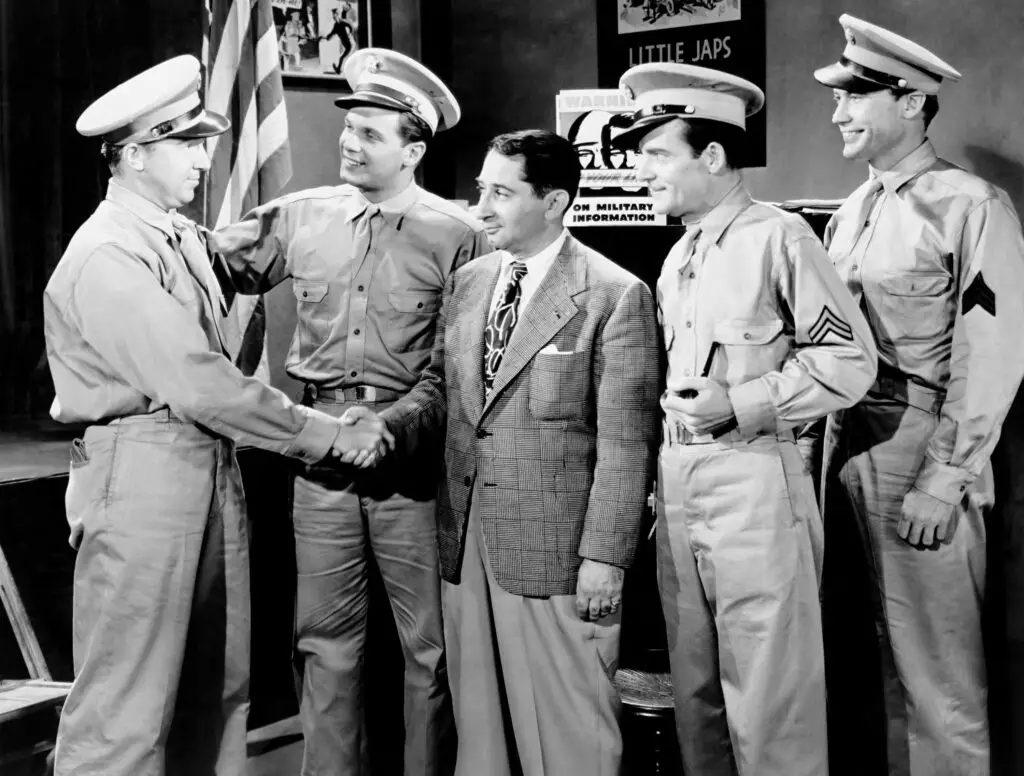
Long before memes traveled through social media, “Kilroy Was Here” spread across continents the old-fashioned way. Word of mouth, graffiti, and soldier storytelling kept it alive. The more people saw it, the more they wanted to add their own mark. In a way, it functioned like an early version of retweeting or sharing a viral post.
Its simplicity made it easy to replicate. Just a bald head, a long nose, and two little hands peeking over a wall—that was all it took. Anyone with a pencil or piece of chalk could join in. The more it spread, the more Kilroy felt like a universal symbol of mischief and resilience.
5. It Survived Beyond World War II
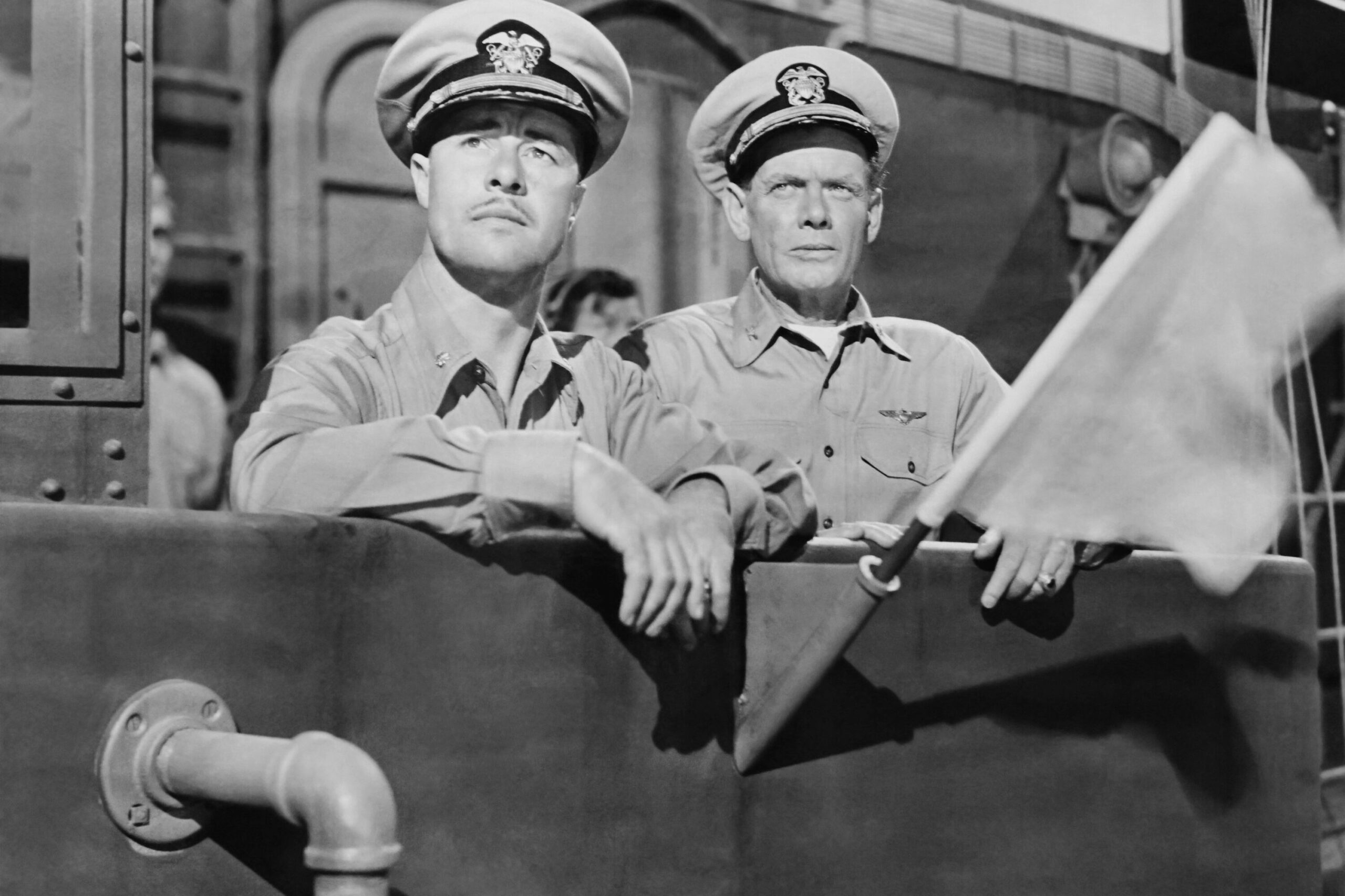
Most wartime trends fade when peace returns, but “Kilroy Was Here” stuck around. Soldiers returning home brought it with them, scribbling it in college dorms, public restrooms, and even on construction sites. It popped up in Korea and Vietnam, showing it wasn’t just a World War II relic.
Even those who had never served recognized the doodle and the phrase. Kids began drawing it in school notebooks, and it became a favorite among pranksters. Kilroy transitioned from a military legend to a cultural mainstay. Unlike other wartime phrases, it refused to disappear.
6. It Made Its Way Into Pop Culture

Once “Kilroy Was Here” embedded itself in public consciousness, it naturally found its way into entertainment. It appeared in movies, comic strips, and TV shows as a background joke. Bugs Bunny cartoons featured Kilroy peeking out of random corners, and Looney Tunes artists added it as an Easter egg.
Musicians got in on the fun, too. Most famously, Styx released an entire album called Kilroy Was Here in the ’80s. The phrase had taken on a life of its own, transcending its wartime origins. It became shorthand for a universal inside joke that spanned generations.
7. Politicians and Celebrities Kept It Alive
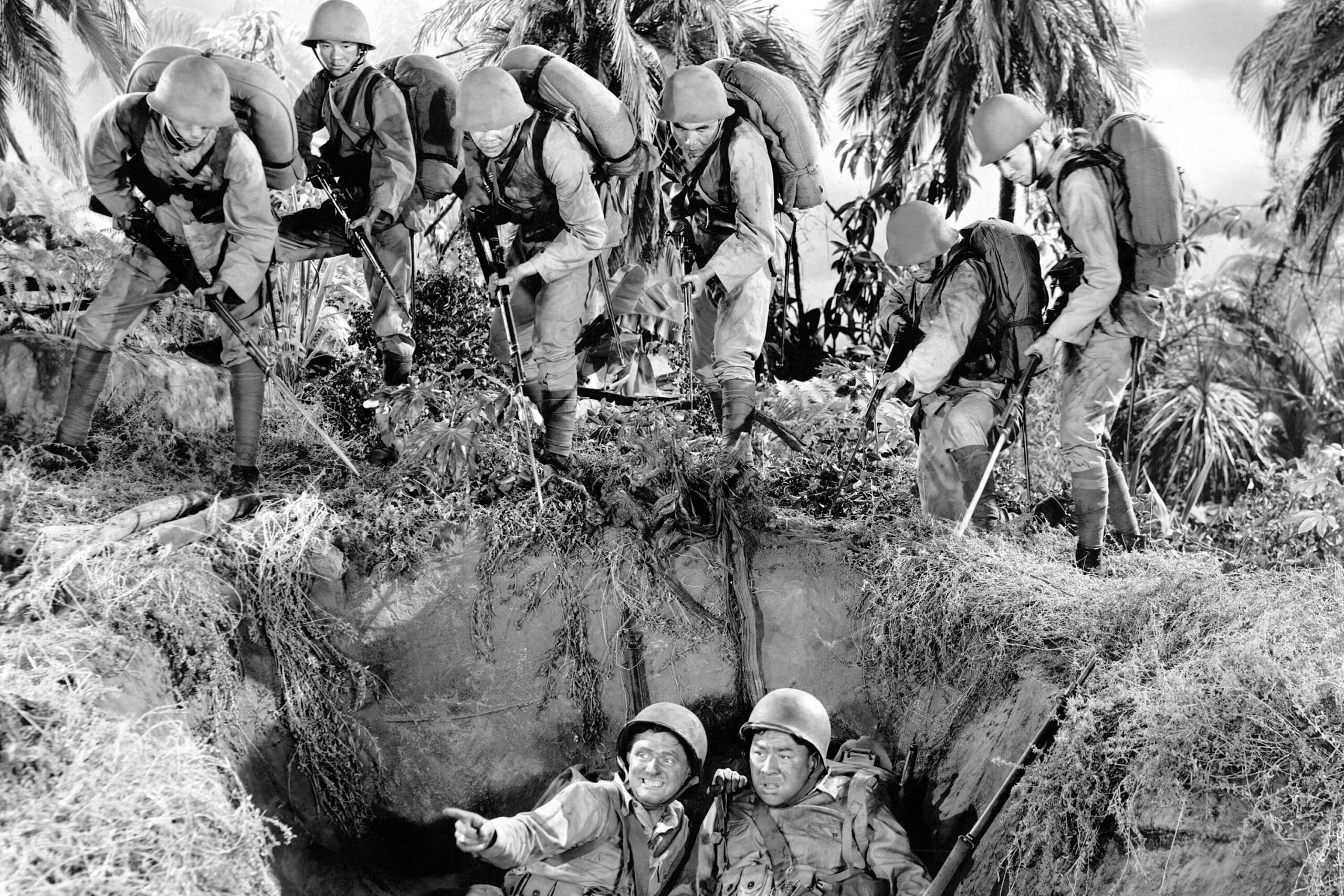
Kilroy’s legend wasn’t just for soldiers and pranksters—politicians and celebrities embraced it, too. President Harry Truman was reportedly fascinated by the phrase and enjoyed spotting it on his travels. Even Dwight D. Eisenhower, a five-star general turned president, acknowledged Kilroy’s legacy.
The phrase also popped up in unexpected places. Astronauts supposedly referenced Kilroy in space, and comedians used it in stand-up routines. Decades after it first appeared, influential figures were keeping the joke alive. Whether out of nostalgia or sheer amusement, Kilroy refused to fade away.
8. It Became a Symbol of Rebellion and Humor

The spirit of “Kilroy Was Here” fit perfectly with youthful rebellion. Students scribbled it in textbooks, teenagers left it on walls, and it became a fixture of American counterculture. Its mysterious origins only made it more appealing—no one really knew where it started, but everyone wanted to be part of it.
The doodle had an underground, mischievous quality. It was harmless graffiti, a little act of defiance against authority. Unlike other rebellious symbols, Kilroy wasn’t political or aggressive. It was simply about having fun and leaving a mark on the world.
9. It Inspired Other Viral Graffiti Trends
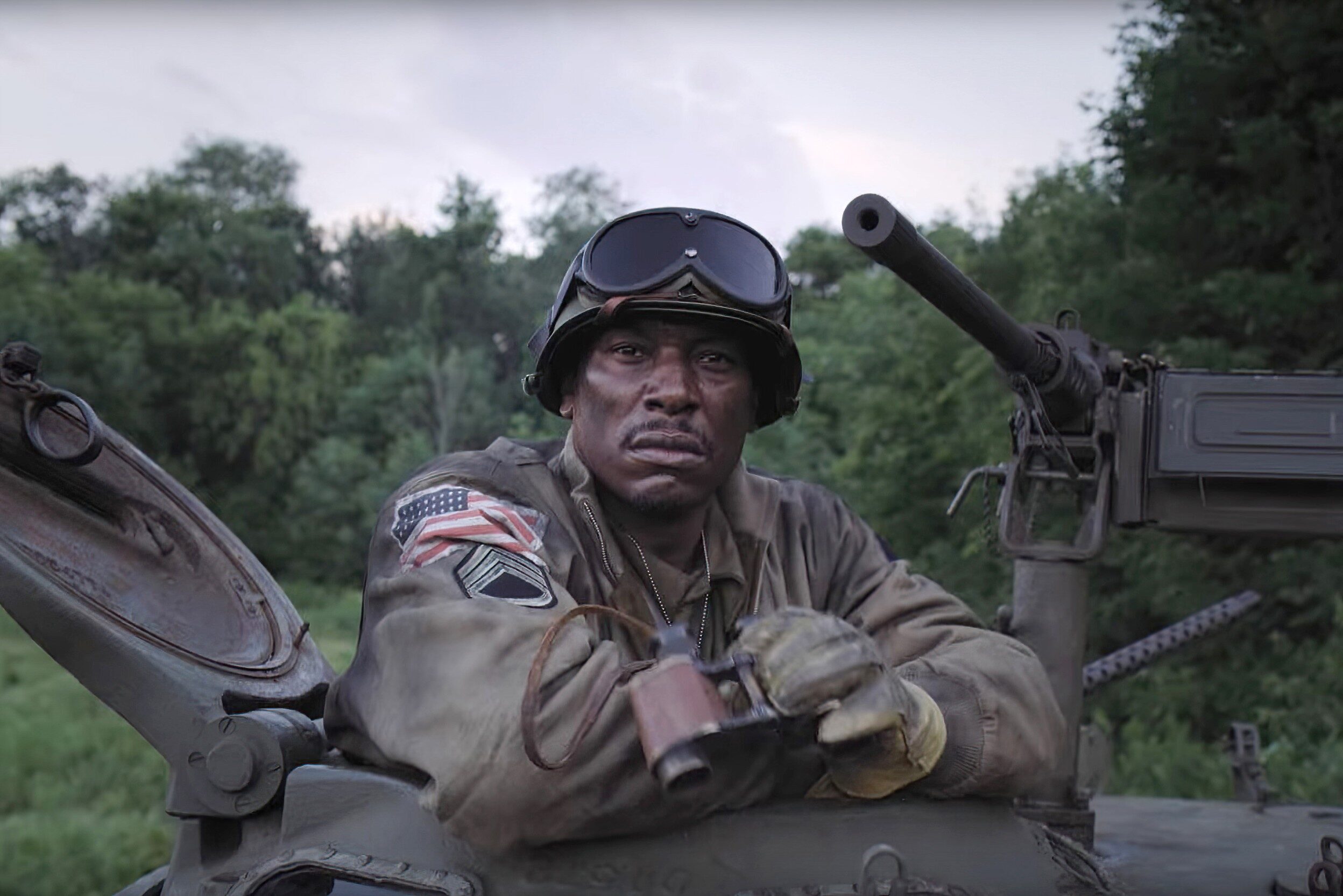
“Kilroy Was Here” paved the way for countless other viral graffiti trends. In the ’70s and ’80s, “Mr. Chad” in the UK and “Foo Was Here” in Australia followed a similar pattern. Even modern-day street artists, like Banksy, owe a little something to Kilroy’s legacy.
Every era has its own version of the trend, whether it’s tagging, stickers, or social media challenges. But Kilroy’s success proved that a simple doodle and a catchy phrase could captivate millions. The desire to leave behind a signature—no matter how small—never goes away.
10. People Still Try to Find the “First” Kilroy
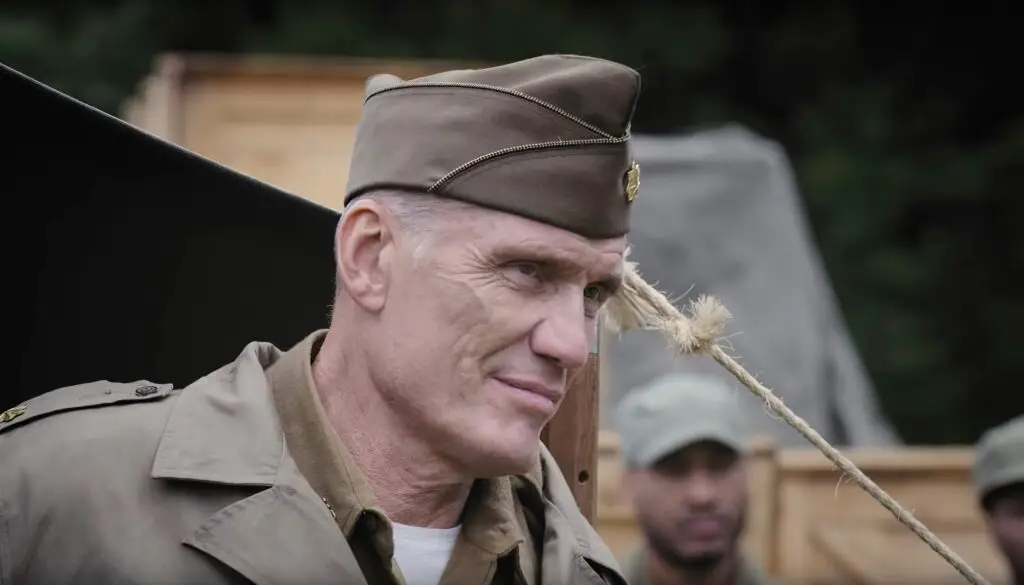
Despite endless speculation, no one has found the original Kilroy drawing. Some historians credit James J. Kilroy, but others argue the phrase predates him. There’s even a theory that ancient graffiti inspired the trend, dating back to Roman times.
The mystery only adds to its appeal. Every time someone finds an old Kilroy scribble, they wonder if it’s the first. It’s a legend built on curiosity, humor, and a little bit of myth-making. And that’s exactly why it remains unforgettable.
11. It’s the Original “I Was Here”
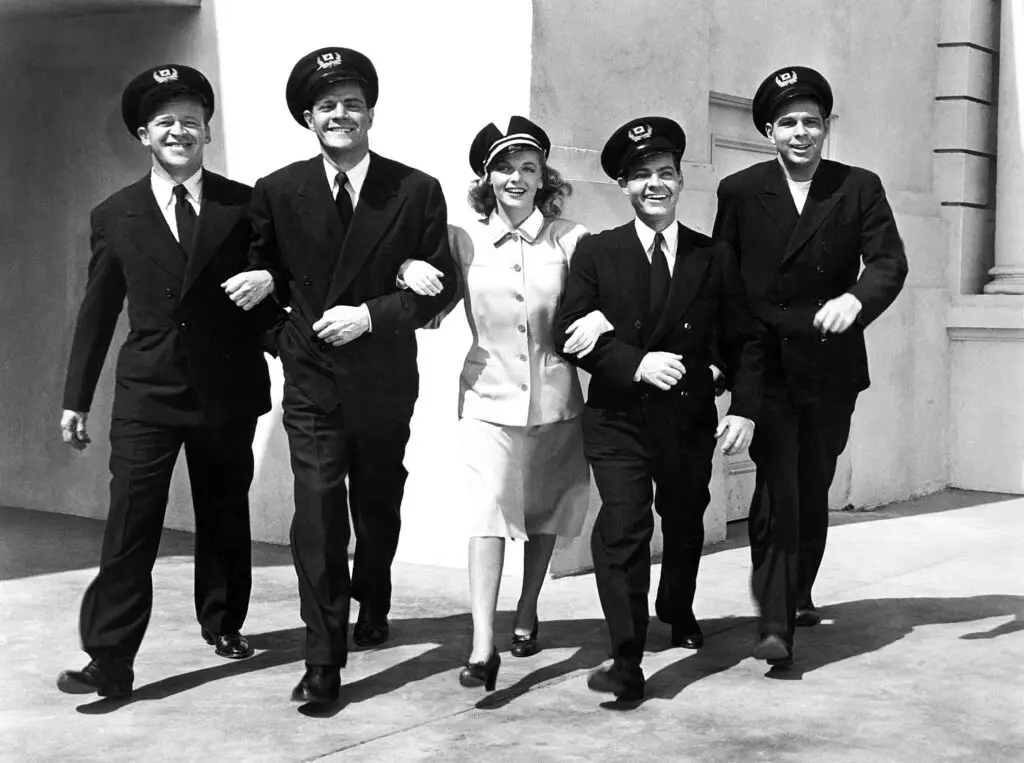
At its core, “Kilroy Was Here” taps into something universal: the desire to be remembered. Long before social media check-ins or selfies at famous landmarks, people wanted to leave their mark. It wasn’t about fame—it was about the joy of knowing you were there, even if no one else knew who you were.
That’s why Kilroy resonates across generations. It’s a lighthearted reminder that sometimes, the smallest acts—like doodling on a wall—can take on a life of their own. Whether in a war zone or a school desk, the message remains the same. Kilroy was here… and so were we.
